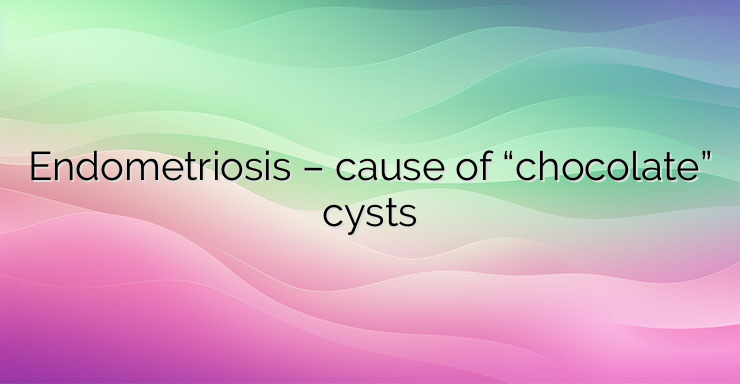Hey there! Let’s dive into understanding endometriosis, a condition that affects many women worldwide.
Endometriosis is when tissue similar to the lining of the uterus grows outside the uterus. This tissue, called endometrial tissue, usually only grows inside the uterus. But in endometriosis, it can be found elsewhere in the body. It typically happens in women of reproductive age.
Now, what causes endometriosis? Well, there are a few theories. One suggests that during fetal development, cells from the uterine lining end up in unusual places. Another theory involves the transportation of endometrial cells through the bloodstream or the movement of menstrual blood into the abdominal cavity. There’s also a theory suggesting that endometrial cells can spread to other parts of the body through the bloodstream.
Endometriosis can be found in two main areas: genital and extragenital. The genital form is more common. It can be on the outside of the reproductive organs or internally. When it’s internal, it can cause cysts to form in the uterus or fallopian tubes. These cysts can grow quite large and even connect to the uterine cavity. Superficial endometriosis is often found on the ovaries, appearing as bluish nodules. In some cases, these nodules can grow into the ovary, forming cysts filled with a thick, brown substance, earning them the nickname “chocolate cysts.” Endometriosis can also occur in other areas, like the pelvic peritoneum, bladder, nose, lungs, colon, and scars from previous surgeries.
So, what are the symptoms of endometriosis? Women with this condition often experience heavy and prolonged menstrual bleeding, along with intense pelvic pain. For those with external genital endometriosis, they may also face irregular periods, difficulty getting pregnant, and pelvic pain even outside of menstruation.
Diagnosing endometriosis usually involves looking at a woman’s medical history, symptoms, and sometimes an ultrasound. However, the most definitive method is laparoscopy, where a surgeon examines the abdominal cavity with a camera.
Now, onto treatment. Endometriosis can be managed with medication or surgery. Surgery is often considered if medications aren’t effective. The goal of surgery is to remove the abnormal tissue. Small areas of endometriosis can even be treated during a laparoscopy by burning them off.
In conclusion, while endometriosis can be challenging, there are ways to manage it effectively. Seeking medical advice and exploring treatment options can help alleviate symptoms and improve quality of life.


Leave a Reply